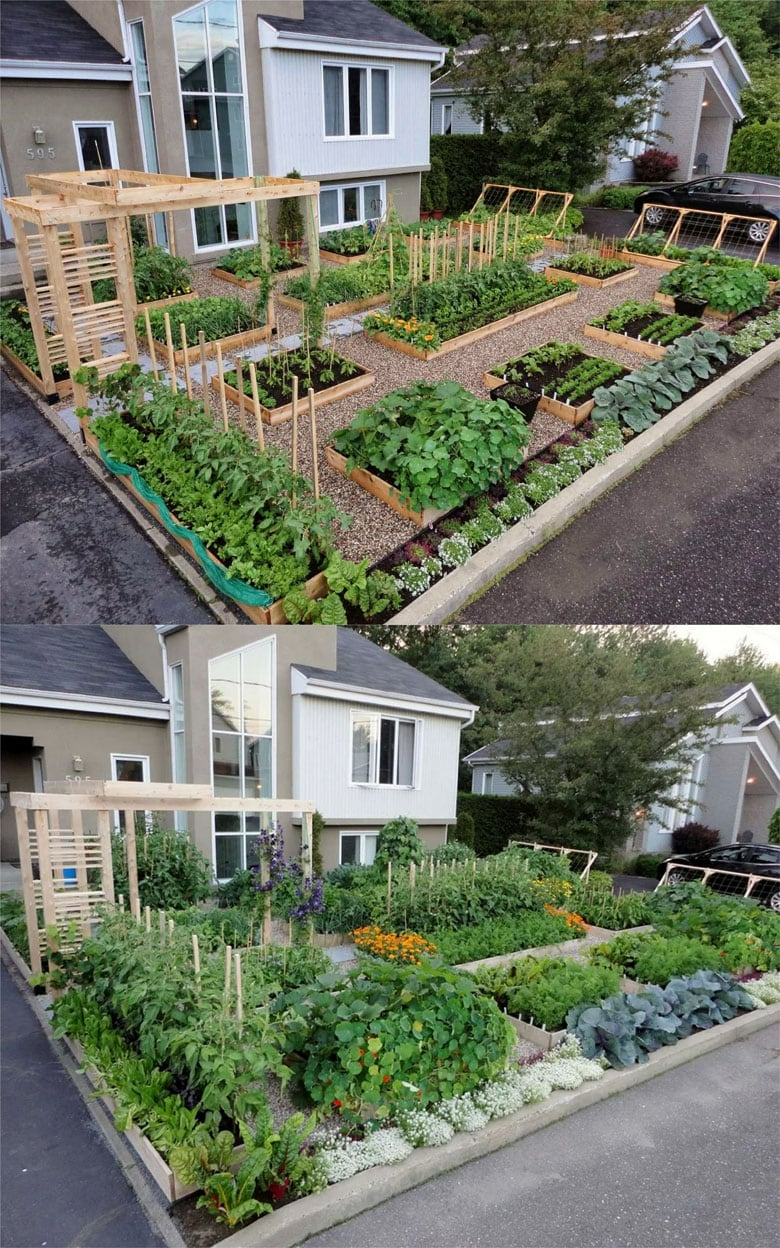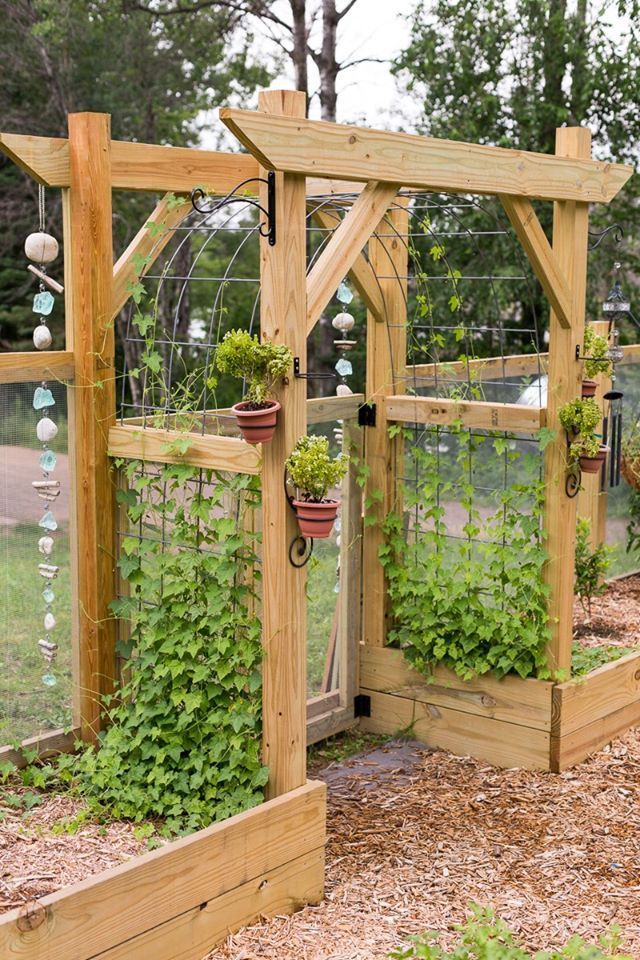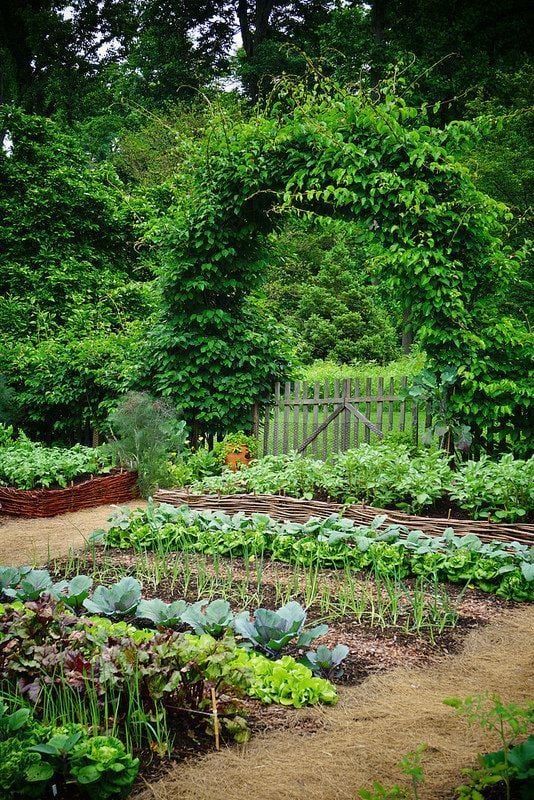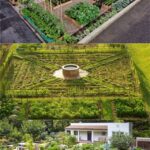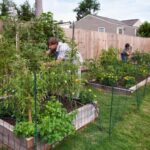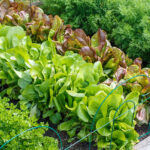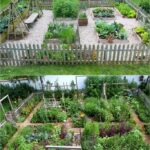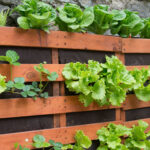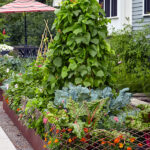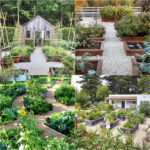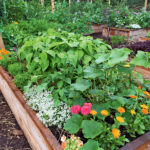When it comes to vegetable garden design layout, there are several key considerations to keep in mind in order to maximize space and productivity. One important factor to consider is the orientation of your garden beds. In general, it is best to lay out your garden beds in a north-south direction to ensure that they receive adequate sunlight throughout the day. This will help to promote healthy growth and yield better results.
Another important aspect of vegetable garden design layout is the spacing between your plants. It is important to leave enough space between each plant to allow for proper air circulation and growth. Overcrowding can lead to stunted growth and an increased risk of disease. Be sure to follow the recommended spacing guidelines for each type of vegetable you are growing.
In addition to spacing, it is important to consider the overall layout of your garden beds. Raised beds are a popular choice for vegetable gardens as they provide better drainage and reduce the risk of soil compaction. You may also want to consider incorporating pathways between your garden beds to allow for easy access and maintenance.
In terms of aesthetic appeal, consider adding some decorative elements to your vegetable garden design layout. Trellises, arbors, and other structures can add visual interest while also providing support for climbing plants such as tomatoes and cucumbers. You can also incorporate features such as colorful containers, decorative rocks, or ornamental grasses to enhance the overall look of your garden.
When planning your vegetable garden layout, don’t forget to consider the needs of each individual plant. Some vegetables require more sunlight, water, or soil nutrients than others, so be sure to group plants with similar needs together. This will help to ensure that each plant receives the proper care and attention it requires to thrive.
Finally, consider incorporating companion planting into your vegetable garden design layout. Certain plants can benefit from being planted together, such as pairing tomatoes with basil to help repel pests. By carefully selecting which plants to place next to each other, you can create a more harmonious and productive garden that will yield bountiful harvests throughout the growing season.
